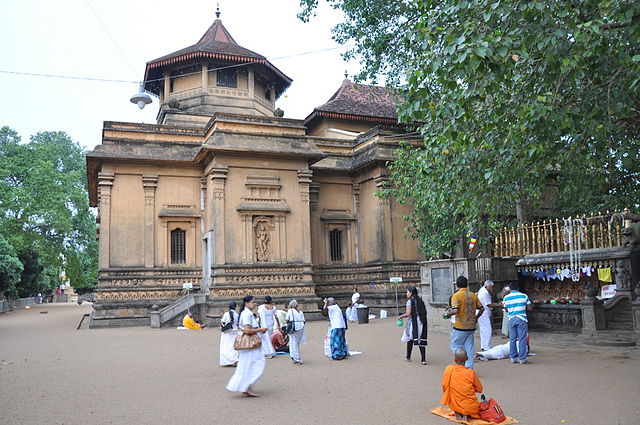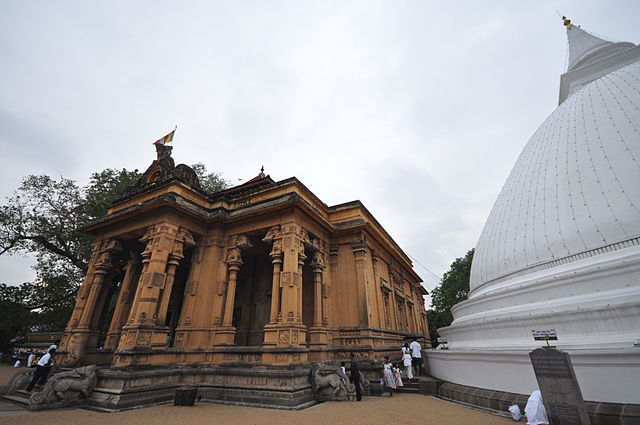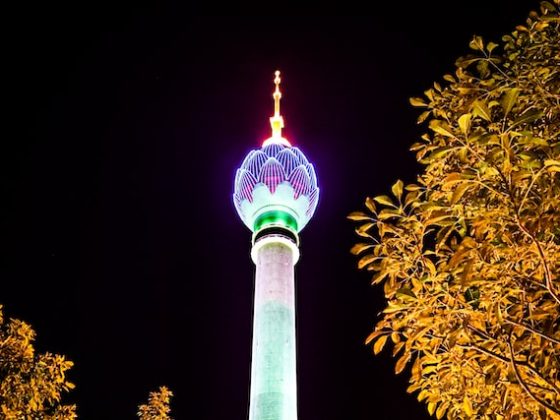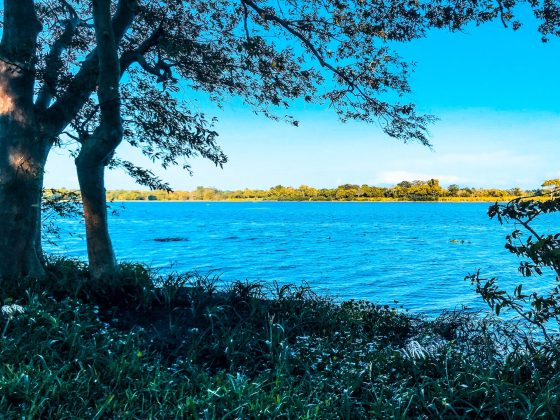Offering valuable insights to Sri Lanka’s glorious past is the well-received Kelaniya Raja Maha Viharaya which stands proudly as a symbol of culture and veneration.
Introduction
As chronicled in the Mahavamsa, the Buddha along with 500 bhikkus was invited to preach the dhamma to King Maniakkhika of the Naga tribe in an effort to bring about a settlement between two warring Naga kings, namely Mahodara and Culodara. Therefore, it is established that these teachings were conducted on the site where the Kelaniya Raja Maha Viharaya stands.
Construction of a stupa
At the very location where the Buddha sought refuge and taught, a magnificent stupa was built enshrining a gem-studded throne seat and other utensils in a manner that paid homage to the Buddha. Though, this event occurred during the 5th century BC, a closer inspection of the chronicles reveal that renovation of the stupa had been overseen by King Uttiya in the 3rd century BC.
Colonial influence
The stupa was to suffer at the hands of the Portuguese who destroyed same in 1575. However, with the arrival of the Dutch, the Kandyan King, Kirthi Sri Rajasingha was granted permission to restore the stupa to its former glory days. The then chief incumbent, Venerable Mapitigama Buddharakkhita thero was tasked with managing these efforts.
Later years
The final chapter of development saw the light of day in the year 1888 under the watchful eyes of Mrs. Helena Wijewardana. During the following 20 years, the deteriorated paintings were once again restored by the skilled artist, Solius Mendis.
Getting there

The Viharaya is located a mere 6 km from Colombo and can be accessed by travelling along the Colombo-Kandy road. After turning towards Biyagama at the 4th mile post, the stunning structure will soon fall into focus. If you want to know where to stay in Colombo and reach the Viharaya, then consider Cinnamon Red Colombo.











